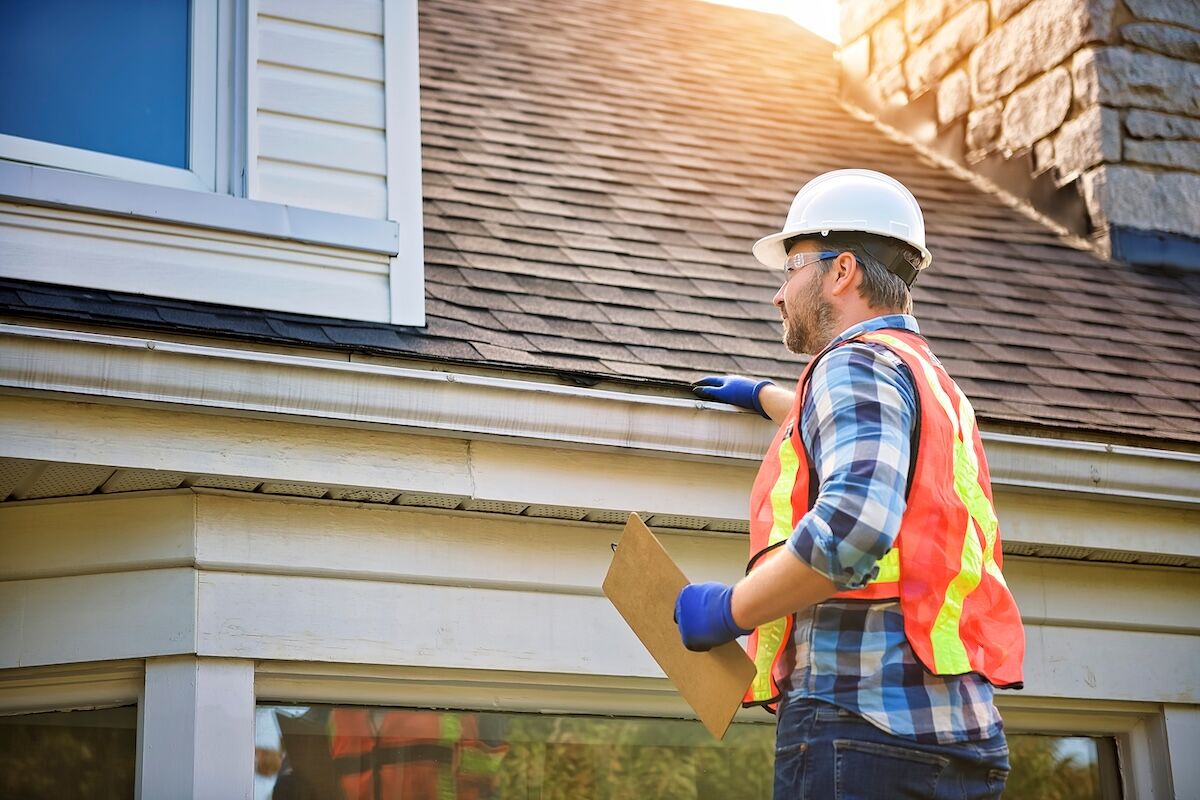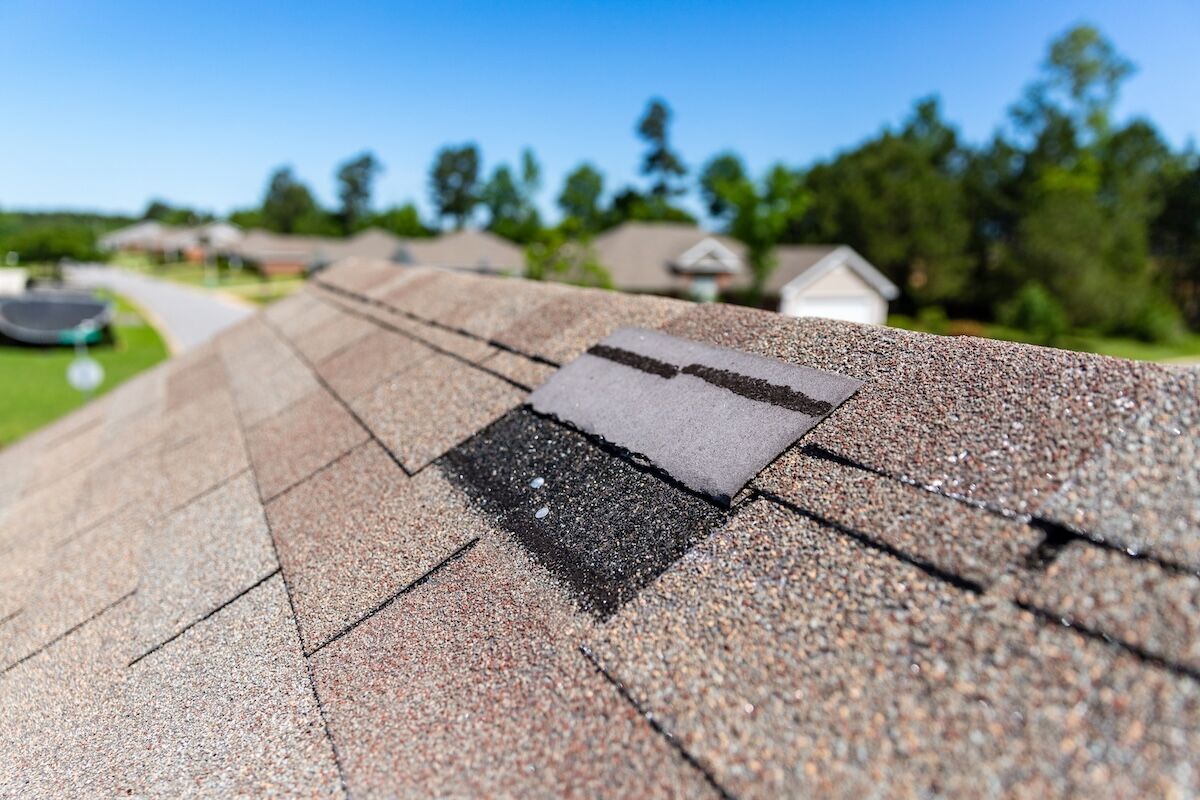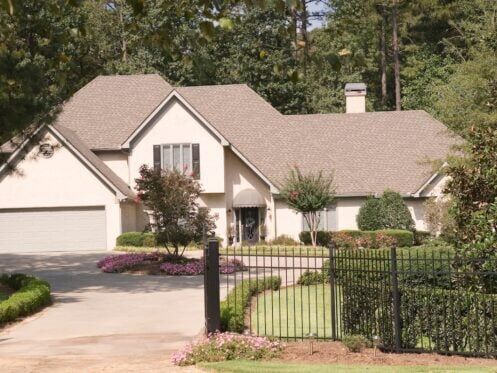Understanding roof depreciation is essential for homeowners who want to make smart decisions about insurance claims, repairs, and replacements. In 2025, the way your roof’s value decreases over time can significantly influence claim payouts and home resale value. Whether you are recovering from storm damage or planning ahead, knowing how depreciation works can help you protect your investment.
In this guide, we’ll break down:
- How depreciation works: And what factors affect it
- Depreciation vs. insurance payout: What you’ll actually receive
- What you can do about it: Tips to reduce or offset depreciation
Let’s get into everything you need to know.
📉 What Is Roof Depreciation?
Roof depreciation refers to the gradual loss of value as your roof ages and endures wear from weather and daily exposure. It is a standard calculation used by insurance companies and property assessors to determine your roof’s current worth compared to its original cost.
Why It Matters
- Insurance claims: Depreciation determines how much your insurer will pay after damage.
- Home value: A worn roof can lower your property’s resale price.
- Financial planning: Understanding depreciation helps you budget for future replacement costs.
Most roofs begin losing value as soon as they are installed. The rate depends on the roof’s lifespan, material, and condition.
📋 How Insurance Companies Calculate Depreciation
Insurance providers follow specific formulas to determine your roof’s lost value and the amount they will reimburse in the event of damage.

Actual Cash Value (ACV) vs. Replacement Cost Value (RCV)
- Actual Cash Value (ACV): Pays the depreciated value at the time of loss. You cover the remaining replacement cost.
- Replacement Cost Value (RCV): Pays the full replacement cost for a similar roof, minus your deductible.
Common Depreciation Factors
- Age of the roof: Older roofs lose value faster.
- Roofing material: Some materials maintain value longer than others.
- Maintenance history: Well-maintained roofs often depreciate more slowly.
- Regional climate: Harsh conditions can accelerate wear.
❗️How Much Does a Roof Depreciate Each Year?
Depreciation rates vary by material, but for asphalt shingles, it is often estimated at 3–5% annually.
Average Lifespans and Depreciation Rates:
- Asphalt shingles: 15–25 years lifespan; 3–5% annual depreciation
- Metal roofing: 40–70 years lifespan; 1–2% annual depreciation
- Tile or slate: 50–100 years lifespan; less than 1% annual depreciation
- Wood shakes: 20–30 years lifespan; 2–4% annual depreciation
Your insurer may have a specific depreciation schedule, but these averages provide a helpful benchmark.
👉 Recoverable vs. Non-Recoverable Depreciation
When filing a claim, it is important to understand whether depreciation is recoverable.
Recoverable Depreciation
- Definition: The portion you can recover after completing repairs.
- Policies: Typically included in RCV coverage when certain requirements are met.
- Conditions: Repairs must be completed within the insurer’s timeframe, with proper documentation.
Non-Recoverable Depreciation
- Definition: The portion you cannot recover.
- Policies: Common with ACV coverage.
- Impact: Reduces your total payout, requiring you to cover more out of pocket.
🏠 Roof Depreciation and Real Estate
Roof depreciation affects more than insurance—it can influence negotiations, inspections, and final sale prices in real estate transactions.
For Home Sellers
- Disclosure: Buyers often request the roof’s age and condition.
- Inspection impact: A worn roof can prompt lower offers.
- Value boost: Replacing an aging roof before listing can improve curb appeal and asking price.
For Home Buyers
- Inspection tips: Ask about roof age, material, and maintenance history.
- Budgeting: Factor in replacement costs for older roofs.
- Negotiations: A depreciated roof may justify a lower purchase price or repair credit.

⭐️ 5 Tips To Minimize Roof Depreciation
- Schedule annual inspections: Detect and address problems early to extend lifespan.
- Keep up with maintenance: Clean gutters, replace damaged shingles, and maintain ventilation.
- Upgrade your materials: Choose long-lasting options like metal or synthetic shingles.
- Document all work: Keep repair and maintenance records for insurance and resale.
- Hire qualified installers: Skilled installation prevents premature wear.
📄 How Roof Depreciation Affects Insurance Claims in 2025
In 2025, many insurers are moving toward ACV-only coverage for roofs over 10–15 years old. This shift can significantly lower payouts for older roofs unless you maintain RCV coverage or keep your roof in top condition.
What You Can Do
- Review your policy: Know whether you have ACV or RCV coverage.
- Consider an upgrade: Some insurers allow you to pay for RCV coverage.
- Respond quickly to damage: Prompt action and documentation help secure maximum payouts.
- Work with a professional: An experienced contractor can provide essential claim documentation.
☀️ Indiana Weather and Roof Depreciation
Indiana’s climate exposes roofs to year-round wear that accelerates depreciation.
- Hail damage: Even small hail can weaken shingles.
- Wind uplift: Strong winds loosen shingles, flashing, and gutters.
- Freeze-thaw cycles: Water infiltration followed by freezing can crack materials.
Partnering with a local roofing expert familiar with Indiana’s conditions can help prevent premature depreciation.

🤝 Protect Your Roof’s Value With Indy Roof & Restoration
Every roof will lose value over time, but with proper care, you can slow that process and protect your investment. Indy Roof & Restoration helps homeowners evaluate roof condition, perform preventative maintenance, and navigate insurance claims with confidence.
Our team is committed to maximizing your roof’s lifespan and value. If you want a professional assessment or need help preparing for a claim, we are ready to assist.
Reach out to Indy Roof & Restoration today to schedule your free inspection and take proactive steps against roof depreciation.

